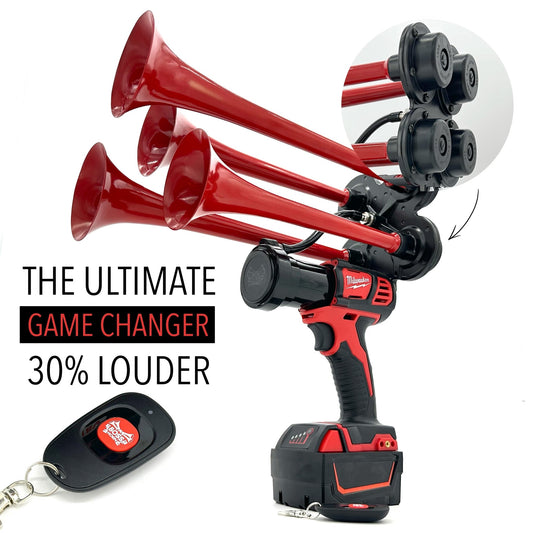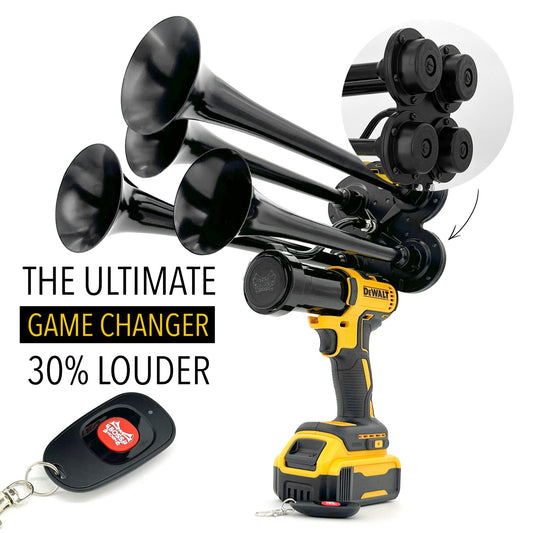A fuse is a safety device designed to protect electrical circuits from overcurrent and prevent damage to equipment. In the case of a car horn, a fuse is used to ensure that the electrical system remains safe and functional.
The use of fuses in automotive electrical systems dates back to the early 20th century, with advancements in technology leading to the integration of fuses in modern vehicles. Today, fuses play a critical role in preventing electrical fires and equipment damage in cars, including the horn.
In the event of a malfunctioning car horn, a blown fuse may be the culprit. This small but essential component is easily replaceable, providing a quick and cost-effective solution to restore the function of the horn.
Statistics show that a significant number of car horn failures can be attributed to blown fuses, highlighting the importance of regular inspection and maintenance of the electrical system. By ensuring that the fuse for the horn is in good condition, drivers can avoid potential safety hazards and maintain their vehicle's overall performance.
What is the Purpose of the Fuse for the Horn?
The fuse for the horn is a safety device designed to protect the electrical system of a vehicle and prevent damage in case of a malfunction or short circuit in the horn circuit. It is a small component that acts as a barrier between the horn and the main electrical system of the vehicle. If an electrical overload or short circuit occurs in the horn circuit, the fuse will blow, cutting off the power supply and preventing further damage. This ensures that the horn can function properly without causing harm to other components in the vehicle. To fully understand the importance of the fuse for the horn and how it works, let's delve deeper into its role in maintaining the electrical integrity of a vehicle.
Fuses are an essential component of any vehicle's electrical system, including the horn. A fuse's main function is to protect the electrical circuit from damage due to excessive current. In the case of the horn, a fuse is used to prevent the horn circuit from overheating and potentially causing a fire.
When too much current flows through the horn circuit, the fuse will blow, breaking the circuit and stopping the flow of electricity. This helps to prevent damage to the horn itself, as well as other components in the electrical system.
To find out which fuse is for the horn in your vehicle, you can consult the owner's manual or the fuse box diagram located in the vehicle. Typically, the horn fuse will be labeled as such in the fuse box.
If your horn is not working, it may be due to a blown fuse. Checking the fuse for the horn is a simple process. You can visually inspect the fuse to see if it is blown, or use a multimeter to check for continuity. If the fuse is blown, it will need to be replaced with a new one of the same amperage rating.
Regular maintenance of the fuses in your vehicle is important to ensure that all electrical components, including the horn, are functioning properly. It is recommended to check the fuses periodically and replace any that are blown.
In the United States, according to the National Highway Traffic Safety Administration (NHTSA), approximately 5% of vehicle crashes are caused by drivers who fail to signal their intentions, including not using their horn when necessary. This underscores the importance of ensuring that your horn is in proper working condition, including checking the fuse regularly.
Remember to always follow proper safety procedures when working on your vehicle's electrical system, and consult a professional if you are unsure about any aspect of fuse replacement or horn repair.
https://youtube.com/watch?v=zEzecvglnlA
What is the purpose of the fuse for the horn?
The fuse for the horn plays a crucial role in protecting the electrical system of your vehicle. It acts as a safety mechanism to prevent damage to the horn or other components in case of an electrical overload. In the event of a power surge or short circuit, the fuse will blow, interrupting the electrical flow and preventing further damage to the horn or the vehicle's wiring system. This ensures the safety of both the vehicle and its occupants.
- The fuse protects the electrical system from damage.
- It prevents overload and short circuits.
- The fuse blowing interrupts the electrical flow.
How do I know if the fuse for the horn is blown?
One of the most common signs of a blown fuse for the horn is when the horn stops working altogether. If you press the horn button and there is no sound or the horn sounds weak, it is likely that the fuse has blown. Another symptom of a blown fuse is if other electrical components in the vehicle are also not working. To confirm if the fuse is the issue, you can visually inspect the fuse or use a multimeter to test for continuity.
- Horn stops working.
- Other electrical components may be affected.
- Visually inspecting or testing the fuse can confirm if it's blown.
How do I replace the fuse for the horn?
To replace the fuse for the horn, you will first need to locate the fuse box in your vehicle. The fuse box is typically found in the engine bay, under the dashboard, or in the glove compartment. Once you have located the fuse box, refer to the owner's manual to identify the fuse for the horn. Using a fuse puller or a pair of needle-nose pliers, carefully remove the blown fuse and replace it with a new fuse of the same amperage rating. Make sure the new fuse is securely in place before testing the horn.
- Locate the fuse box in the vehicle.
- Identify the fuse for the horn in the owner's manual.
- Replace the blown fuse with a new one of the same rating.
Can I use a higher amp fuse for the horn?
It is not recommended to use a higher amp fuse for the horn as it can lead to electrical issues and potentially damage the horn or other components in the vehicle. Fuses are designed to protect the electrical system by blowing when the current exceeds a certain level. Using a higher amp fuse can allow more current to flow through the circuit, increasing the risk of overheating and causing damage. It is crucial to always replace a blown fuse with one of the same amperage rating to ensure the proper protection of the electrical system.
- Using a higher amp fuse can lead to electrical issues.
- It can potentially damage the horn or other components.
- Always replace a blown fuse with the same amperage rating.
Why does the fuse for the horn keep blowing?
The fuse for the horn may keep blowing due to several reasons, including a short circuit in the horn wiring, a faulty horn relay, or a malfunctioning horn. A short circuit occurs when the wiring of the horn comes into contact with metal surfaces, causing a surge in electrical current that blows the fuse. A faulty horn relay can also lead to excessive current flow, resulting in a blown fuse. Additionally, a malfunctioning horn itself can draw too much current, causing the fuse to blow repeatedly. It is essential to diagnose and address the underlying issue to prevent the fuse from continuously blowing.
- Short circuit in horn wiring can cause fuse to blow.
- Faulty horn relay can lead to blown fuse.
- Malfunctioning horn can draw excessive current, blowing the fuse.
Conclusion
The fuse that is responsible for powering the horn is known as the "horn fuse." It is essential to check this fuse if your horn is not working, as a blown fuse can disrupt the flow of electricity to the horn. By locating and inspecting the horn fuse, you can easily determine if it needs to be replaced to restore the functionality of your car's horn. Make sure to consult your vehicle's manual or fuse box diagram to locate the horn fuse, and always replace it with a fuse of the same rating to avoid any electrical issues.














